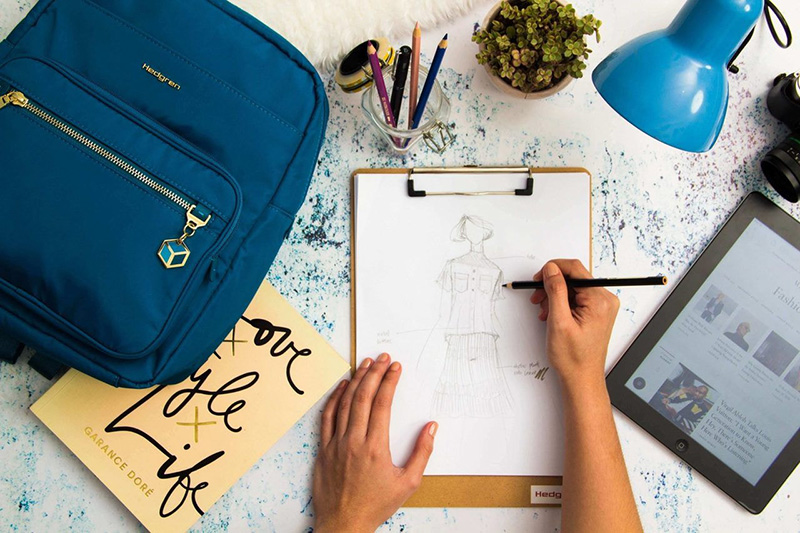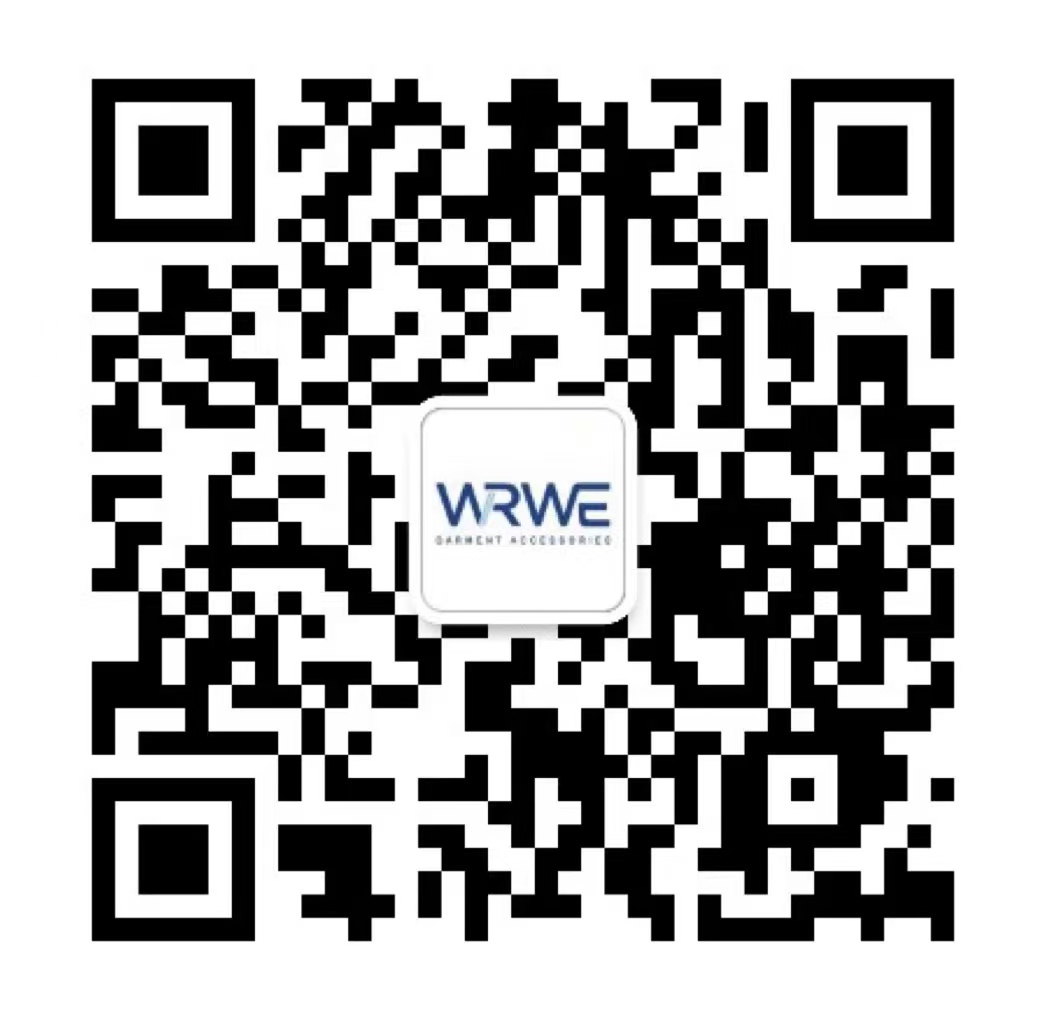When thinking about “how to create your own clothing label”, it is crucial to establish a label image. However, creating a unique clothing label is a task full of challenges and opportunities. In this article, we will take you step by step to bring your clothing label to the market.

Step 1: Market positioning and brand positioning
The first step in creating a clothing label is to clarify market positioning and brand positioning. Market positioning determines who your target consumer group is, while brand positioning establishes the uniqueness and value of your brand in the market.
How to carry out clothing market positioning and brand positioning?
- Clear target market:First, determine the main target consumer group of the clothing brand, including their age, gender, income, consumption habits and other characteristics. This helps your clothing brand meet the needs of the target market more accurately.
- Analyze the competitive environment: Understand competitors in the industry, including their product features, market share, marketing strategies, etc. This helps brands find differentiation points from competitors and form their own competitive advantages.
- Determine market segmentation:Divide the clothing market into different segments based on the needs and competition of the target market. Choose a segment suitable for the brand to meet the needs of consumers more accurately.
- Establish brand core value:clarify the core value and uniqueness of the brand, which is the key to distinguish the brand from other brands in the market. The brand value should be consistent with the needs and expectations of the target market.
- Shape the brand image:shape the brand’s unique image and personality through brand name, logo, visual elements, etc. The brand image should be able to resonate with consumers and enhance brand awareness and favorability.
- Establish brand reputation: establish a good brand reputation through high-quality products and services, as well as effective marketing strategies. Word-of-mouth communication can enhance brand awareness and loyalty, laying the foundation for the long-term development of the brand.

Step 2: Brand name and image design
This is the fun part – turn your design into reality! A good brand name and image can quickly attract consumers’ attention and help them remember you among many clothing brands.
How to achieve brand name and image design?
A good brand name should have the following characteristics:
- Uniqueness: The brand name should be unique and can be clearly distinguished from other brands to avoid confusion among consumers.
- Simplicity: The brand name should be concise and clear, easy to pronounce and remember, and convenient for consumers to spread and use in daily life.
- Descriptiveness: The brand name should preferably describe the characteristics or advantages of the product or service to help consumers quickly understand the value of the brand.
Image design includes the following aspects:
- Logo design: The logo is the core element of the brand image. It should be simple, unique, easy to identify, and can represent the characteristics and concepts of the brand.
- Color matching: Color is a very important element in brand image design. Different colors can convey different emotions and atmospheres. It is necessary to choose the appropriate color matching according to the brand positioning and target audience.
- Font selection: Font is an indispensable part of brand image design. It should be consistent with the overall style of the brand and enhance the overall beauty of the brand.

Step 3: Carefully search for manufacturers
Finding the right clothing manufacturer is crucial to the success of your clothing label. But it is a process that requires patience and meticulousness. You can choose local manufacturers or overseas factories based on your budget and production needs.
How to find the right manufacturer to create your own clothing brand?
- Clear needs and goals: clarify the specific details of the clothing styles, fabrics, colors, etc. that need to be manufactured. Clarify the requirements of the material, size, printing content, etc. of the clothing labels.
- Use online resources to search:Enter relevant keywords such as “clothing manufacturers” and “clothing label manufacturers” through search engines to find potential manufacturers. In-depth research on online review libraries and pay attention to recommended information to fully understand the strength and reliability of suppliers.
- Field investigation and evaluation:Conduct field investigations on the selected potential clothing manufacturers to understand their production environment, equipment, technical strength, etc. By inspecting the manufacturer’s production capacity, quality management, delivery time, etc., evaluate whether it meets your needs. If it meets the requirements, you can mass-produce your brand clothing.
- Learn the art of negotiation: The art of negotiation is the key to ensuring a favorable contract and pricing agreement with the manufacturer. In addition to simple price discussions, there are also issues such as terms, price lists, and high quality assurance. After both parties reach an agreement, sign a formal contract to clarify the rights and obligations of both parties.

Step 4: Launch your brand
With the previous preparations, it’s time to promote your clothing label to the world! However, promoting a brand is a multi-level and multi-dimensional process that requires the comprehensive use of multiple strategies to increase brand awareness and influence.
How to promote your clothing brand?
- Sales channels: First determine which platform you sell your clothing on – your own website, online market or retail store, or distribution channels.
- Use social media:If you want to contact your customers through social media channels such as Facebook and Instagram, you need to register an account. Publish clothing content and interact with fans to increase exposure.
- Cooperation and alliance:Cooperate with other brands or outstanding celebrities to promote together to expand influence and credibility.
- Organize events:Organize offline or online events to attract consumer participation and increase brand awareness.
- Advertising:Place advertisements on appropriate media and platforms to increase brand exposure, but advertising takes some time to be effective.

Step 5: Monitor and adjust strategies
After promoting a clothing label, check whether the brand’s awareness, sales, etc. have increased at any time. If you find that the promotion effect is not good, don’t hesitate to adjust the promotion plan in time to avoid wasting time and resources.
How to monitor and adjust strategies?
- Analyze data:We need to carefully analyze various data during the promotion process, such as user purchasing behavior, feedback on the brand, etc., to find out what is good and what is not good about the promotion.
- Adjust strategy: According to the results of data analysis, we may need to make some adjustments to the promotion strategy, such as changing the promotion content or choosing a more suitable promotion channel.

Summary:
Creating your own clothing label is a task full of challenges and opportunities. By following these steps, you can gradually establish your own clothing label image and market position. Of course, in this process we also need to maintain keen observation and innovative spirit, constantly adapt to market changes and developments, create better clothing label, and inject more vitality and creativity into the fashion industry.


